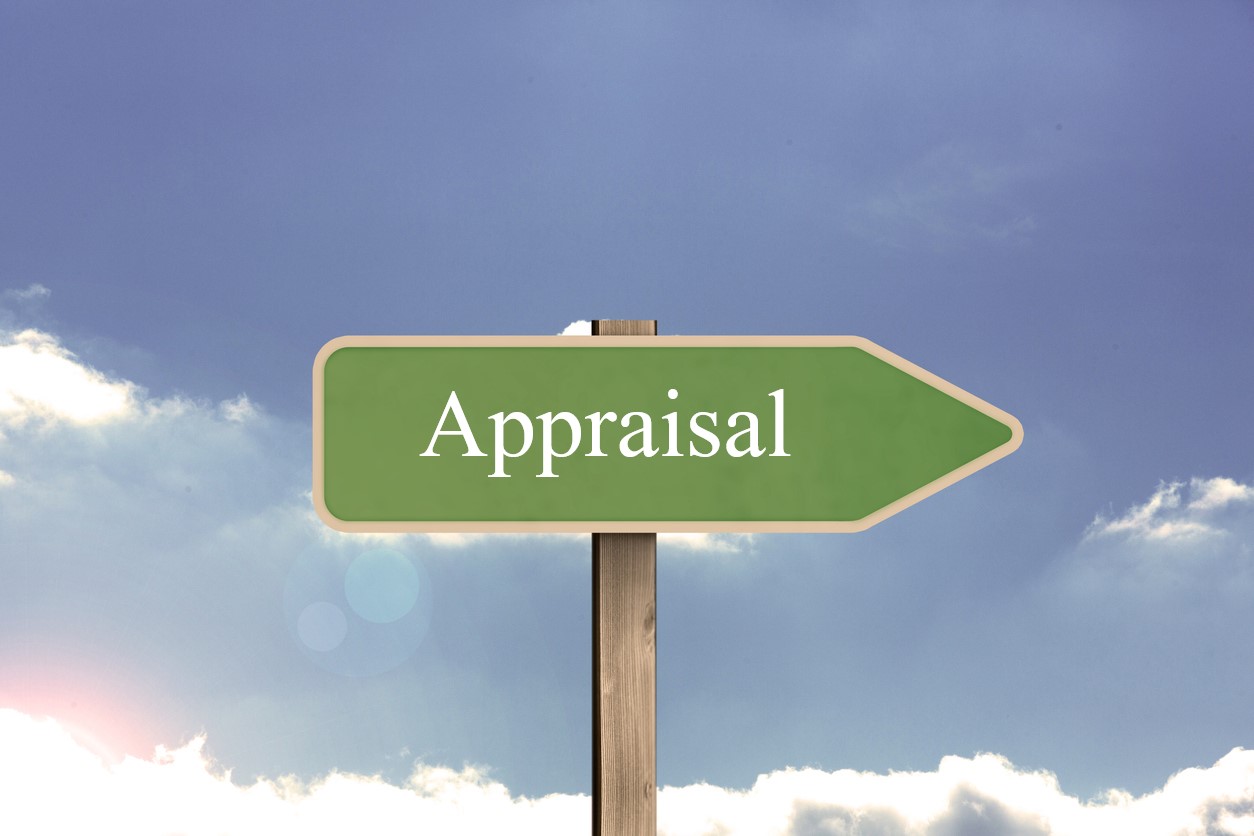State Farm Lloyds v. Johnson,1 provides the controlling law on the issue of the scope of the appraisal panel’s authority. In Johnson, the claimant alleged that her roof had been damaged in a hailstorm and filed a claim. When the insurance company provided a much lower damage estimate than her claim requested, the she invoked the policy’s appraisal provision.2 The insurer, however, refused to participate in appraisal, believing appraisal should not be required because the panel would have to decide issues of causation, not “amount of loss.” Johnson then filed suit seeking a declaratory judgment compelling appraisal. The dispute eventually made its way before the Texas Supreme Court.
The Texas Supreme Court began its review by repeating the rule, established in earlier case law, that “damage questions [are] for appraisers and liability questions [are] for the courts[.]”3 The Court quickly acknowledged, though, that “[t]he line between liability and damage questions may not always be clear …and [c]ausation relates to both liability and damages because it is the connection between them.”4
Appraisers can decide the cost of repairs, but if they can also decide causation there would be no liability questions left for the courts. By contrast, when different types of damage occur to different items of property, appraisers may have to decide the damage caused by each before the courts can decide liability. For instance, in some cases, courts can decide whether water or mold damage is covered, but if they can also decide the amount of damages caused by each, there would be no damage questions left for the appraisers. The same is true when the causation question involves separating loss due to a covered event from a property’s pre-existing condition. If appraisers weren’t allowed to allocate damages between covered and excluded perils such as wear and tear, then appraisals can never assess hail damage unless a roof is brand new.
The court concluded that appraisal should be compelled, noting that “[a]ny appraisal necessarily includes some causation element, because settling the ‘amount of loss’ requires appraisers to decide between damages for which coverage is claimed from damages caused by everything else.”5 Johnson establishes that appraisal panels are within their rights when they consider whether damage was caused by a particular event or was instead the result of non-covered pre-existing perils like wear and tear. Where there are different types of damage to different items of property or where the property is not new and has suffered wear and tear, appraisers may have to decide causation in order to decide damages. When Texas appraisers merely distinguish damage caused by pre-existing conditions from damage caused by the storm, they are acting within their authority.
1 State Farm Lloyds v. Johnson, 290 S.W.3d 886 (Tex.2009).
2 Appraisal. If you and we fail to agree on the amount of loss, either one can demand that the amount of the loss be set by appraisal. If either makes a written demand for appraisal, each shall select a competent, disinterested appraiser. . . . The appraisers shall then set the amount of the loss.
3 Id. at 889.
4 Id. at 890–92.
5 Id. at 893.




